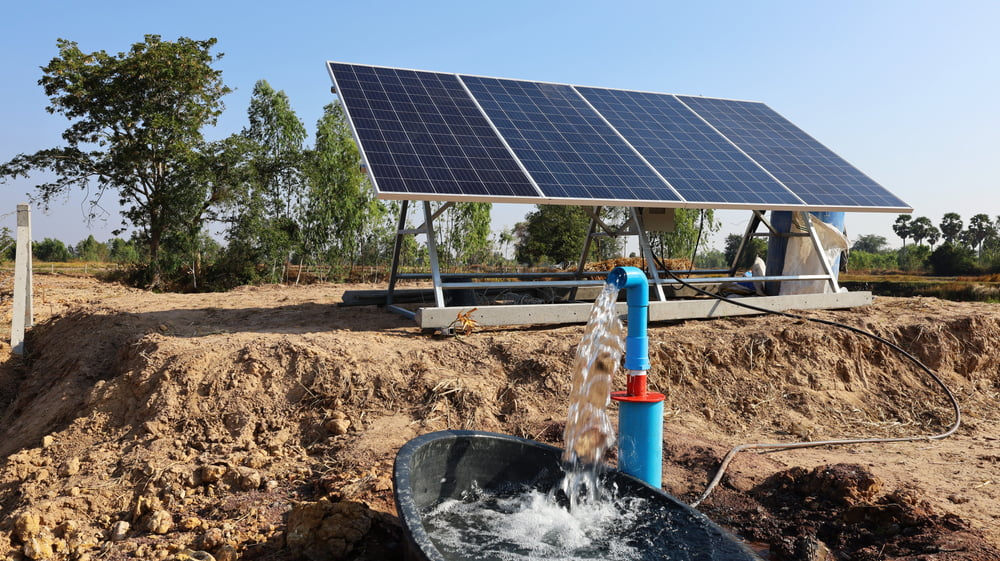Climate Change and Global Food Security
Food is one of the most basic human needs, but it’s becoming one of the most vulnerable in the face of climate change. Around the world, farmers are facing shorter growing seasons, unpredictable rainfall, and more frequent natural disasters—each putting pressure on a global food system already stretched thin.
As the climate shifts, so must our approach to agriculture, distribution, and resilience. This isn’t just about crops—it’s about survival.
How Climate Change Impacts Our Plates
The effects of global warming aren’t just melting ice caps—they’re also showing up in rice paddies, wheat fields, and dairy farms. Here's how:
-
Extreme weather events like floods, droughts, and heatwaves destroy crops and livestock.
-
Rising temperatures reduce yields of staple crops like wheat, maize, and rice.
-
Shifting climates force farmers to adapt to new pests, diseases, and planting conditions.
-
Soil degradation worsens due to erosion, salinization, and overuse.
-
Water scarcity affects irrigation and livestock, especially in already dry regions.
The ripple effects are wide. When food becomes scarce, prices rise. When prices rise, the poorest suffer most.
Regions Most at Risk
While no country is immune, developing nations bear the brunt of climate-driven food insecurity. Parts of Sub-Saharan Africa, South Asia, and Central America are already experiencing famine-like conditions tied to climate instability.
In these areas, agriculture isn’t just a sector—it’s a lifeline. Disruption here isn’t an inconvenience; it’s a crisis.
The Role of Industrial Agriculture
Large-scale farming contributes significantly to greenhouse gas emissions through deforestation, methane from livestock, and heavy fertilizer use. Ironically, the very system that feeds much of the world also accelerates climate change.
It’s a tough cycle: agriculture is both a victim and a contributor to the crisis.
What’s Being Done
Despite the grim forecast, solutions are emerging across multiple levels:
-
Climate-smart agriculture is helping farmers adapt through drought-resistant crops, precision irrigation, and regenerative soil practices.
-
Agri-tech innovations, like AI-based crop monitoring and vertical farming, are increasing efficiency with fewer resources.
-
Global cooperation, through agreements like the Paris Accord and UN food security initiatives, is pushing for sustainable systems.
-
Local food systems and urban agriculture are gaining popularity in cities, promoting resilience and reducing transport emissions.
What Can We Do?
Governments, corporations, and communities all have a role to play—but so do individuals:
-
Support local and sustainable food producers.
-
Reduce food waste—one-third of all food globally is wasted.
-
Advocate for policies that invest in climate-resilient agriculture and protect smallholder farmers.
-
Educate others—awareness is a first step toward meaningful change.
A Shared Responsibility
Climate change is no longer a distant threat—it’s a present-day reality. And food, something we often take for granted, is becoming a measure of our planet’s health and humanity’s future.
Ensuring food security in a warming world will require bold action, deep cooperation, and a reimagining of the systems that feed us. Because if we don’t get this right, nothing else really matters.









